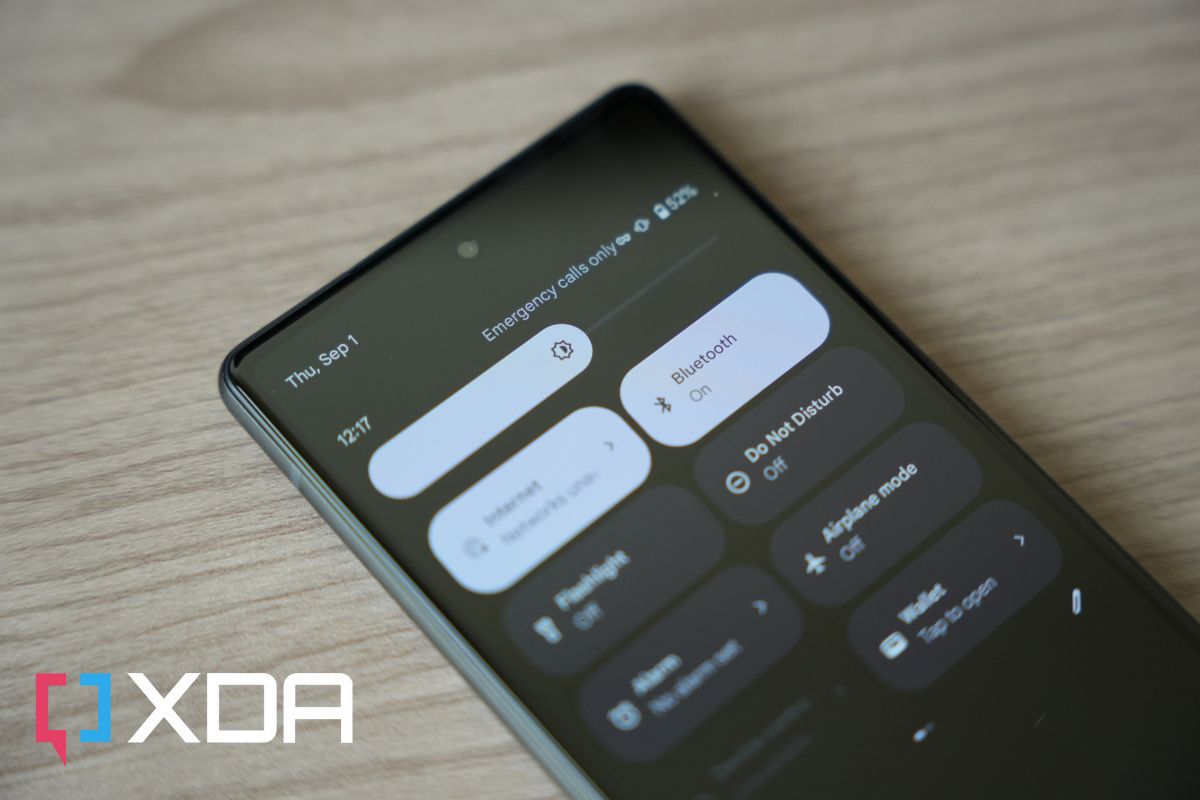Despite wireless carriers offering a lot of coverage in the United States, vast parts of the country still don't receive cellular service. This can not only be inconvenient but sometimes dangerous and even fatal. Recently, T-Mobile and SpaceX announced a partnership that could reshape the future of mobile connectivity. The two companies plan to offer connectivity in areas that currently don't have access to cellular service using satellites. While the service is slated to launch in late 2023, it looks like Google's Android OS will be ready when it goes live.
Google's senior vice president of Android, Hiroshi Lockheimer, shared via Twitter that Google is "designing for satellites" and that the company is excited to support partners "in enabling all of this in the next version of Android." Lockheimer, as one of the founding members of the Android team, also reminisced about the difficulties of including Wi-Fi and 3G in the T-Mobile G1, which was the first consumer Android handset ever released in 2008. Needless to say, a lot has changed since those days, with hardware and software evolving further each year.
During the T-Mobile and SpaceX event, T-Mobile CEO and President Mike Sievert delivered a proclamation to "end mobile dead zones." T-Mobile announced that it would partner with SpaceX to launch satellites that will make it possible to connect in rural areas without connectivity. The company's "Coverage Above and Beyond" service won't go live until sometime in late 2023, but it will initially support access to messaging, MMS, and select messaging apps. There are plans to expand the service to include voice and wireless internet eventually. It is uncertain whether other carriers or companies will join the satellite movement, but having Google commit to the technology seems like an excellent first step to having it widely adopted.
Source: Hiroshi Lockheimer (Twitter)

